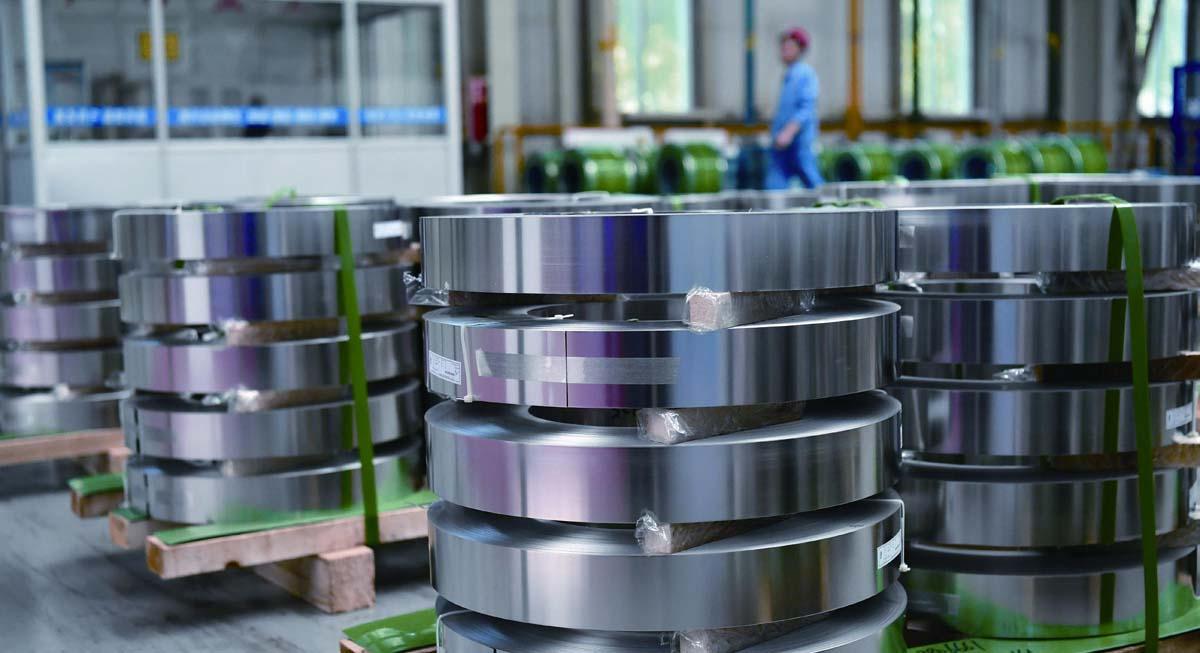The Central Boom
2019-09-09ByYuanYuan
By Yuan Yuan
After development strategies in Xiongan New Area, the Guangdong-Hong KongMacao Greater Bay Area and the Yangtze River Delta have all been put on track, another region in China is going to see a great upsurge.
During a recent visit to Jiangxi Province, President Xi Jinping presided over a work symposium on May 21 on the rise of Chinas central region.
Composed of six provinces—Shanxi, Henan, Hunan, Hubei, Anhui and Jiangxi, spanning both the Yellow and Yangtze rivers—the central region has long maintained a low profile even though a development strategy for the region was launched 15 years ago. At the meeting, Xi called for efforts to enhance the comprehensive strength and competitiveness of the central region.
Different paces
The development pace of different areas in China has been uneven. The eastern coastal provinces and southern area have enjoyed fruitful development since the reform and opening-up policy was launched in 1978 by introducing a series of preferential policies.

The vast western region—six provinces, fi ve autonomous regions and one municipality—has also witnessed a leap forward in development since the Central Government launched a comprehensive development plan for the area in 1999. A strategy for three northeast provinces followed in 2003 known as Revitalizing the Old Northeast Industrial Bases.
The six central provinces picked up the pace when then Premier Wen Jiabao announced the Rise of Central China plan in March 2004. Occupying 10.9 percent of the total land mass of China, these six provinces are home to 28 percent of the countrys population, yet their GDP accounted for only one fi fth of Chinas total.
Serving as the connecting hub among the countrys regions, the central provinces have become crucial for narrowing the gap between the developed and developing areas.
In 2006 and 2009, the State Council released a series of guidelines for the development of this region. Statistics show that 50 million people moved into central cities from 2006 to 2015, bringing the urbanization rate from 36.5 to 51.2 percent.
The rise of central China was also included in the 13th Five-Year Plan (2016-20).
In his speech at the work symposium on May 21, Xi detailed an eight-point instruction for the development of central China: facilitating high-quality growth of the manufacturing industry, enhancing innovation capability in key fields, improving the business environment, undertaking the layout and transfer of emerging industries, expanding high-level opening up, sticking to green development, improving peoples livelihood, and optimizing policies and institutions.
“The project to escalate the development of central China will see a faster growth rate, a growing position in the national development landscape and substantial progress in overall capacity and innovative ability,” said Wei Houkai, head of the Rural Development Institute of the Chinese Academy of Social Sciences.
Attractive to investors
The symposium was held right after Expo Central China 2019, hosted by Nanchang, capital city of Jiangxi, with the participation of over 740 enterprises from 29 countries who presented their fl agship products and latest innovations.
The expo aimed to showcase the central provinces to foreign investors and increase investment in the region, according to Vice Minister of Commerce Wang Shouwen.
Wang also said that foreign investment in the six central provinces climbed to 15.93 billion yuan ($2.38 billion) during the first quarter of 2019, an increase of 9.7 percent from the same period last year.
Advanced manufacturing, as the key industry in central China, was one of the focuses of the expo, along with new energy, new materials, electronic information, the Internet of Things and modern logistics.
“We are planning to invest a further 600 million yuan ($86.8 million) in a joint-venture factory in Wuhan,” Yang Xiaoping, President of British Petroleum (BP) (China), told Xinhua News Agency during the expo.
Yang said BP has invested tens of billions of yuan in China since it entered the market over 40 years ago and is shifting its business from east to central China.
“BP has invested in high-end lubricant production bases in the six central provinces and plans to extend the cooperation to aviation fuel,” Yang said.
Labor-intensive industry leaders and hitech giants have recently seen the potential of the central region. Foxconn moved its plants to Taiyuan, capital city of Shanxi, and Zhengzhou, capital city of Henan. iFlytek, a leading Chinese artificial intelligence company, established its offices mainly in Hefei and Wuhan, capital cities of Anhui and Hubei.
“The problem in the eastern region is the rising cost of land and labor. The central area, with lower costs, can create its own advantages,” said Zhou Zixun, a commentator for China Economic Times. “The development of the central region is very helpful in narrowing the economic gap between the east and west.”

